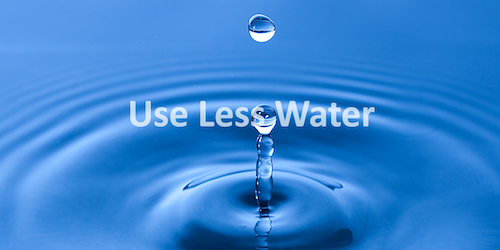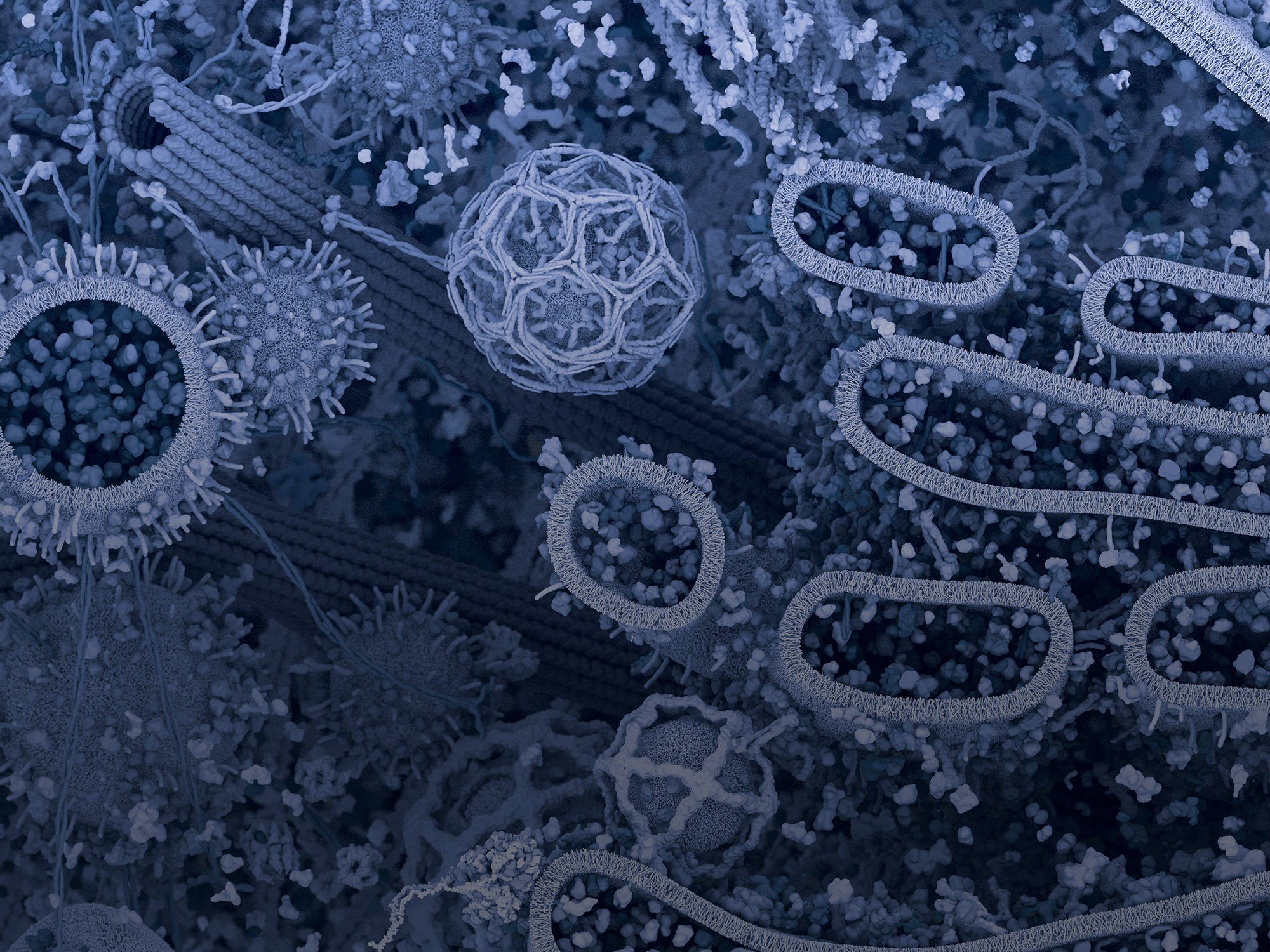It probably comes as no surprise to you, since you work in a lab, that labs use five times the amount of water as a standard office building.
From the needs of RODI (reverse osmosis de-ionized) water to glass wash facilities, sink flushing protocols, and just day-to-day experiments it all adds up. In addition to these water-intensive lab practices, we still have the conventional water use of any workspace, such as the cafeteria, bathrooms, and irrigation for landscaping.

Even while we hear about global water shortages in South Africa and The Middle East, the melting of Himalayan glaciers, water bans in California, or the low water level of the Ipswich River close to our headquarters, water conservation is not often a top priority for US companies. Water usage certainly has a high cost in terms of environmental externalities, and from a strictly financial sense water in the US is extremely cheap. From an accounting standpoint, it’s actually wastewater and sewer bills that add up, as the direct charges for water itself are often quite low.
At Cell Signaling Technology, we recently publicized our climate change targets in adherence to the Paris COP21 climate accords. Utility companies and energy suppliers in the United States offer financial incentives for customers to curb their natural gas and electricity use, but incentives for reducing water use have a long way to catch up. These types of subsidies help with implementing practical conservation solutions. Nonetheless, beyond financial benefits, water conservation is simply the right thing to do for the planet as we face the prospect of a more arid climate.
Over the last 20 years, it's been our mission to make a lasting, positive impact on scientific research, but also to do so in a sustainable and ethical way. CST has a long-term target to reduce our water consumption by 20%. We encourage you to challenge your organizations to do the same. Here are some examples of what we are doing to hit our goal. Hopefully, some of these are items that you could think about implementing in your lab:
- Installing dual-flow flush toilets 0.5 gallons/flush
- Setting timers when performing a flush protocol in the lab
- Low flow aerators in non-lab sinks
- Foot pedals and flow restrictors in our glass wash facilities
- Use a SaaS for real-time monitoring of our water use
- Irrigation upgrades and conservative parameters
o We actually use reclaimed water from our RODI system for some irrigation outside and in our Atrium garden
- Low-flow aerators in non-lab sinks
- Consider gray water reclamation on-site as seen at New England Biolabs
- Perhaps a rainwater cistern!


